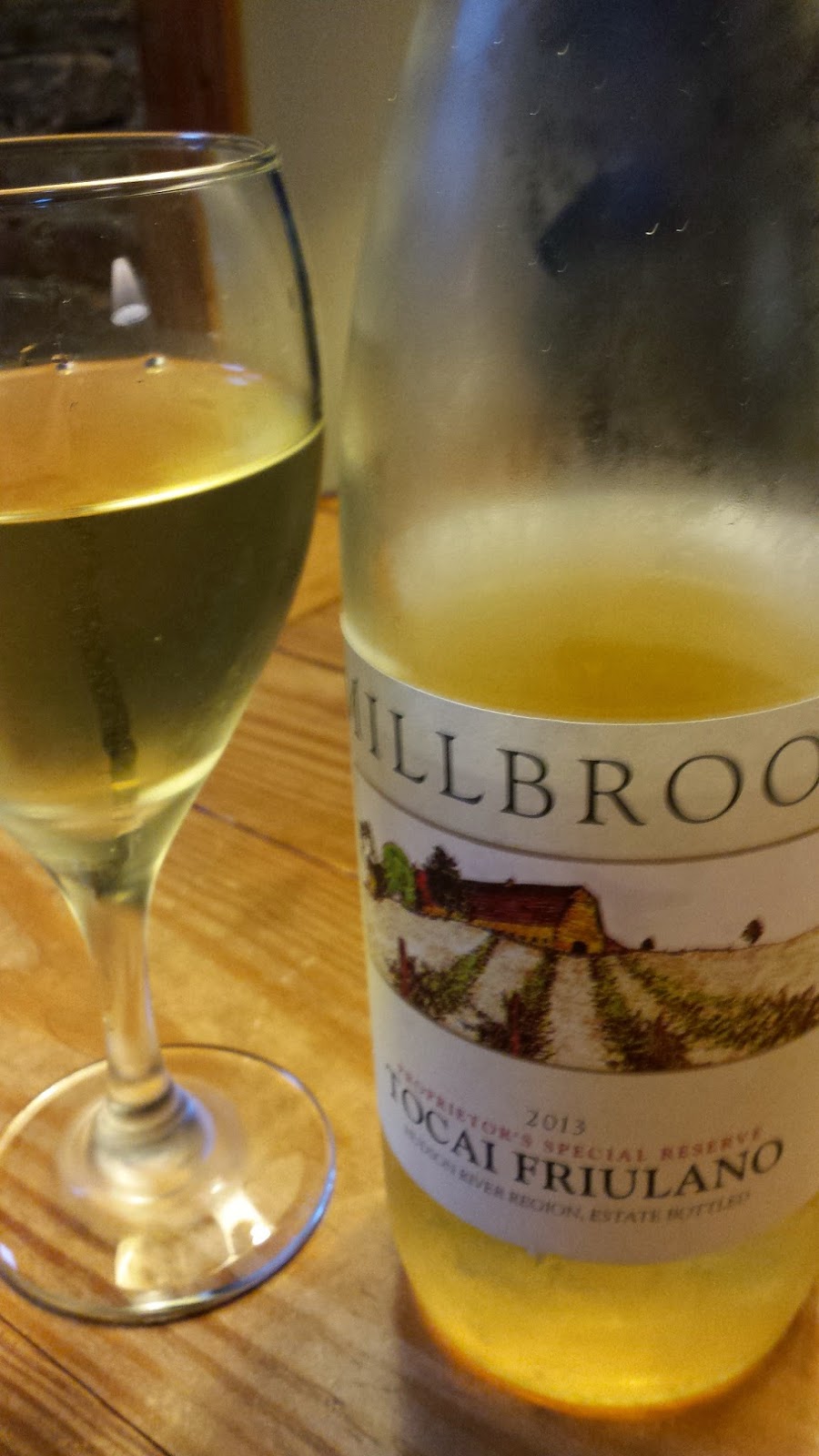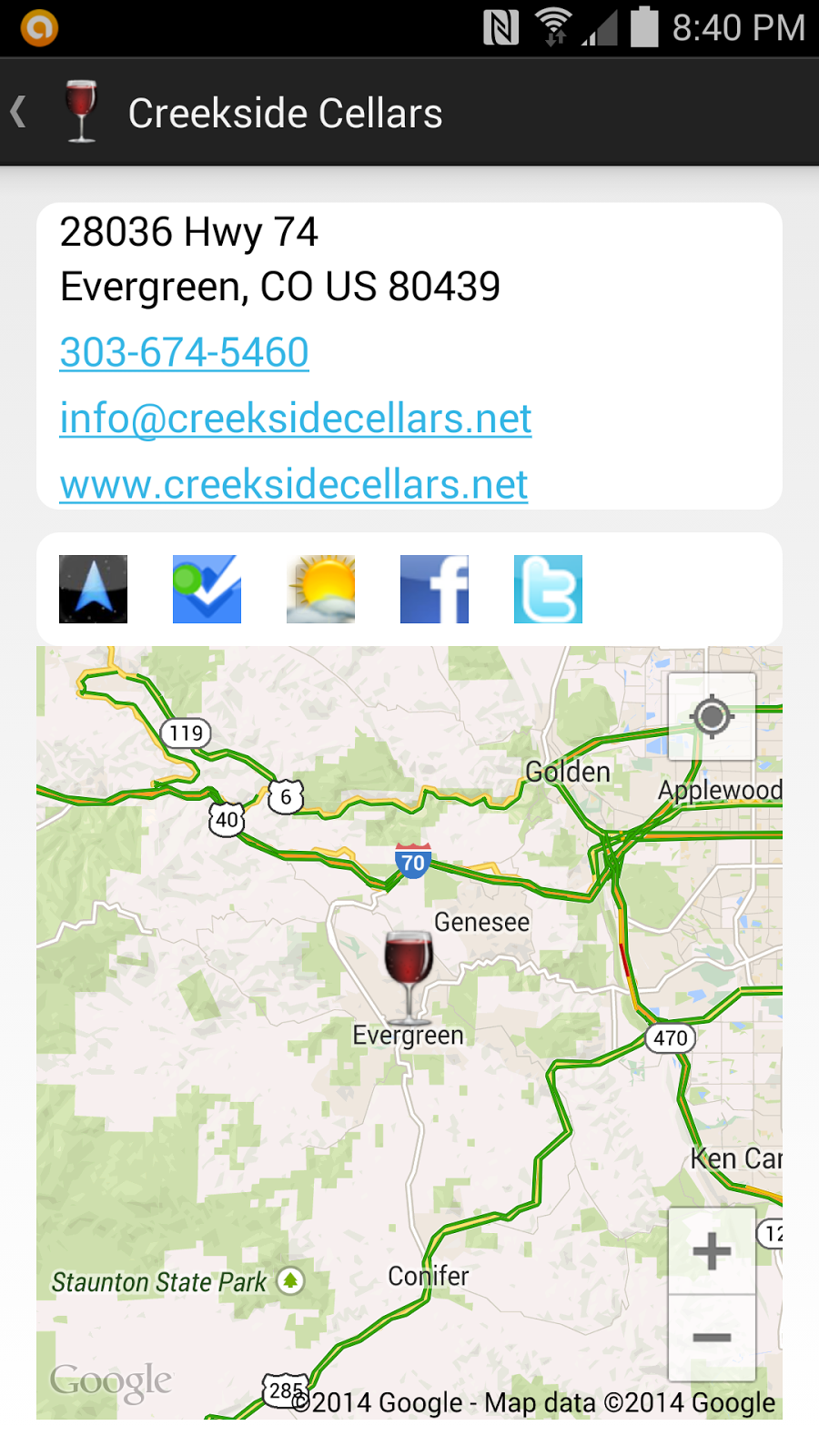 August's #WineStudio sessions concludes tonight with more tasting and information regarding the cider industry in general and New Hampshire's Farnum Hill Ciders in particular. My previous post focused on the cider house's origins and philosophy. Last week, the focus was on cocktails and the industry in general with several cider houses and #tastemakers participating.
August's #WineStudio sessions concludes tonight with more tasting and information regarding the cider industry in general and New Hampshire's Farnum Hill Ciders in particular. My previous post focused on the cider house's origins and philosophy. Last week, the focus was on cocktails and the industry in general with several cider houses and #tastemakers participating.Cocktails
Farnum Hill and Protocal Wine Studio offer a list of cider based cocktails included the Snakebite (50-50 blend of cider and beer) and the Happy Apple (run and cider). Darlene Hayes (@allintocider) offers another recipe:
Getting started early w/ @tiltedshed Graviva @_spiritworks Sloe Gin & @AppleEllie Orleans Bitter #winestudio— Darlene Hayes (@allintocider) August 19, 2015
Kegging Cider
 You don't see much kegged cider because most retailers and wholesalers expect the kegged cider to be priced similar to beer. Only the mass produced ciders have the economics of scale to price at that level. Plus these massed produced ciders are mostly likely made from concentrated juice, not freshly pressed.
You don't see much kegged cider because most retailers and wholesalers expect the kegged cider to be priced similar to beer. Only the mass produced ciders have the economics of scale to price at that level. Plus these massed produced ciders are mostly likely made from concentrated juice, not freshly pressed.Regulations
Ciders with alcohol over 7% must be packaged in metric (375, 500, 750 ml) formats which are then taxed like wine and carry a higher tax rate. This Diane Flynt (@FoggyRidgeCider) mentioned that Virginia grown is always above 7% thanks to the warmer temperatures. Unless the cider is diluted, they must be packaged accordingly. Cider makers are hoping the CIDER Act changes this formula.
 Perry
PerryPerry is cider made from special pear cultivars that are higher in tannins and acids as compared to common pears and even cider apples. Because of these tannins, the pear pomace is usually left to on its own as in wine maceration. During this time a secondary malolactic fermentation may result where the harsher malic acids are converted to softer lactic acids.
Farnum Hill Ciders
Farnum Hill Extra Dry Perry ($15, 7.2%) - yeasty and stone fruit nose and less tart than the previous apple ciders. A degree of funk, tannins, and easy acids. This is a special cider.
Farnum Hill Semi Dry ($15, 7.4%) - subtle sweetness which intermingle with the acids for a richer and deeper flavor profile. There's plenty of apple and citrus, both lemon and tangerine, with a touch of honey. Glad we saved the best for last.












































